Where do you wear your avalanche beacon?
 For more than a decade, I have not asked myself the question. Where to wear your Avi Beacon? Companies provide a web system especially for strapping it around your torso (shown here). And that’s what I have learned to do, strap it around and never remove it.
For more than a decade, I have not asked myself the question. Where to wear your Avi Beacon? Companies provide a web system especially for strapping it around your torso (shown here). And that’s what I have learned to do, strap it around and never remove it.
But to my great surprise, more and more experts, avalanche technicians and forecasters, guides and everyday backcountry ski bums wear it in their pocket; ‘as long as it’s attached with a sling’, I’ve been told.
Why, or why not.
When you do something for years and never ask if it’s right because that’s all you’ve ever known, it can be a trap. So I asked Dominic Boucher, director of the avalanche center in Quebec’s Haute-Gaspesie, what he thought about both options.
Most of the forecasters where their beacon in their pocket he told me, himself for 8-9 years now.
First reason he told me was comfort, the beacon was in the way with the chest harness, is back pack and his bibs. Then, to wear it under all the layers of cloathing was limitationg in case of a search he told. Have you ever search in real terrain condition he told me. No, I never did thak God. Well, having your jacket open when you search, walk in avalanche debris and shovel is not the greatest idea…
But I was told that an avalanche could undress me and that I should not wear my beacon in my clothes. And never to put it in my jacket in case you remove it.
To that, Dominic answer was to the point, he wears his beacon in his pants, not jacket. And secondly, if you get caught in an avalanche to tear your pants off, good luck not been buried so deep your chances of survival are limited. And he specifically chose his pants to accommodate his beacon. A nice side pocket with a leash, always handy when you need both hands.
Final words…
In everything, changing habits requires a trigger. In safety more than anything, we need to keep sharp and take nothing for granted. If last year was the chance I took to ask questions about where to wear my beacon, it had been a couple of years that I notice to change, but I didn’t feel the need to question my habits.
Never take for granted that you know what you are talking about. There will always be a better way. Has for me, I will try a new beacon set up this year and see for myself the end result.
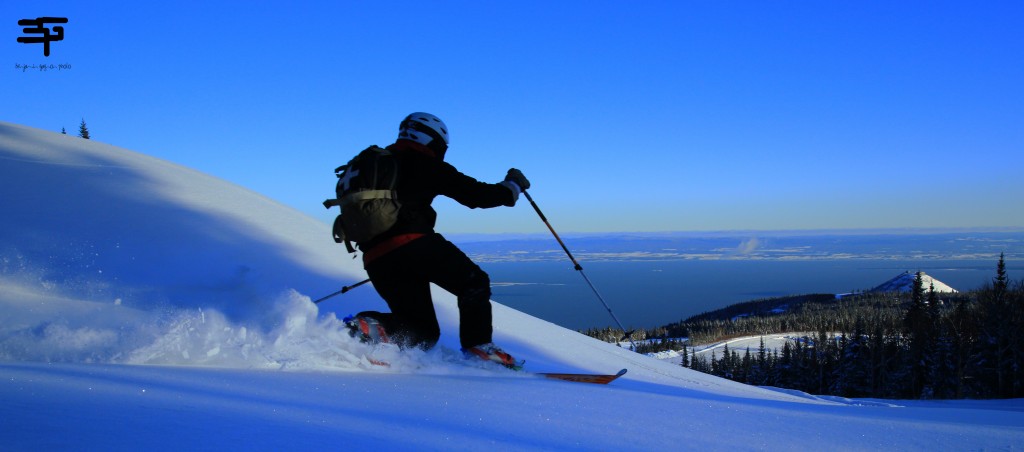


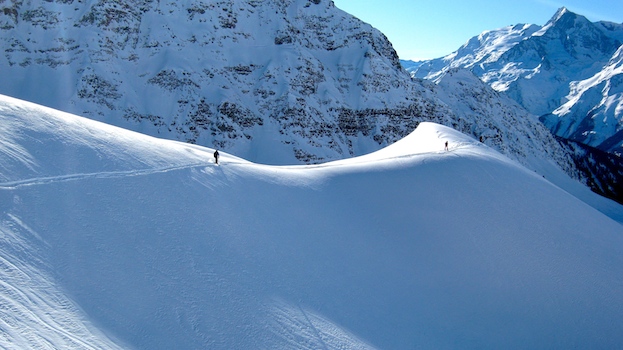
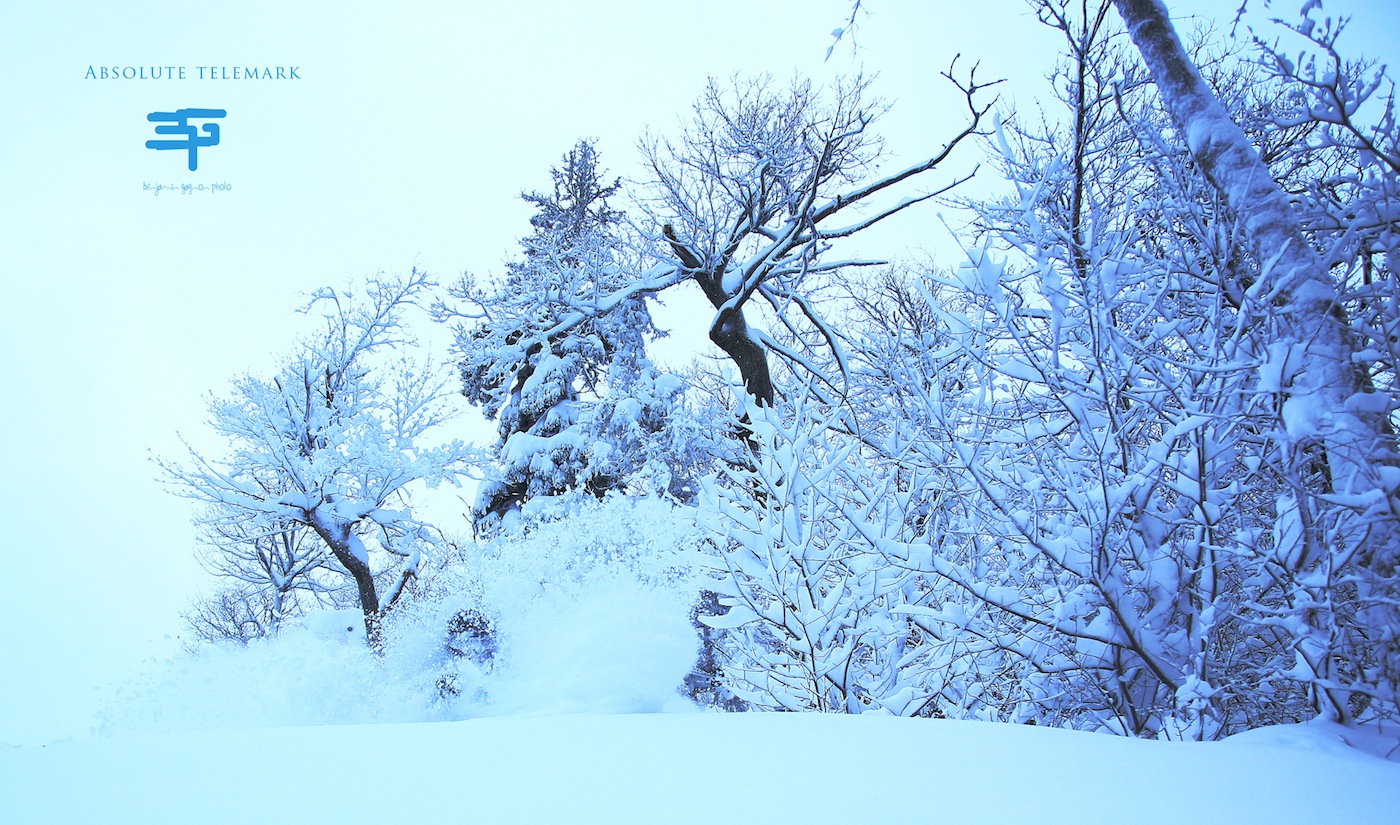

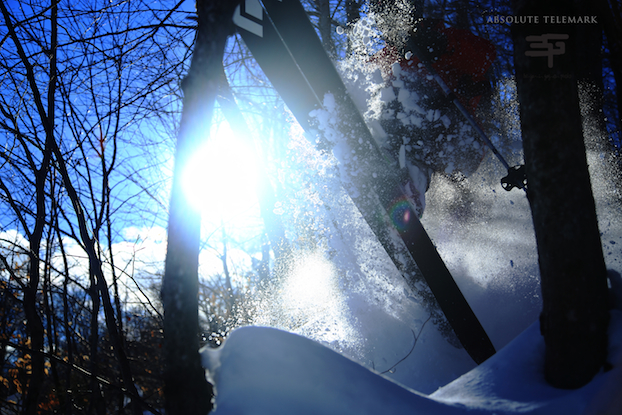
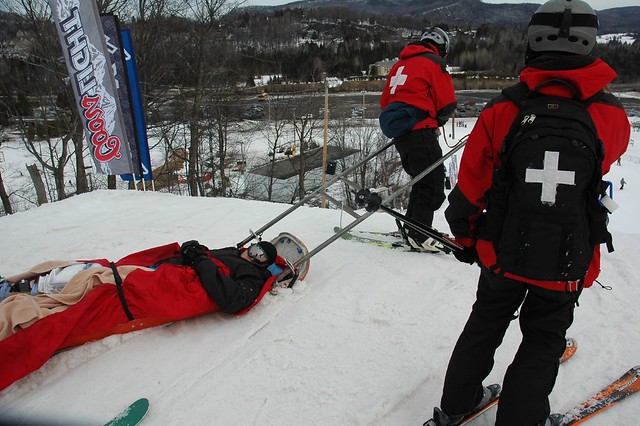
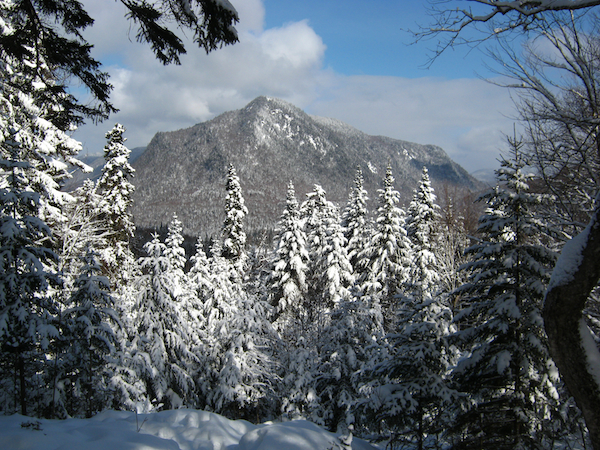


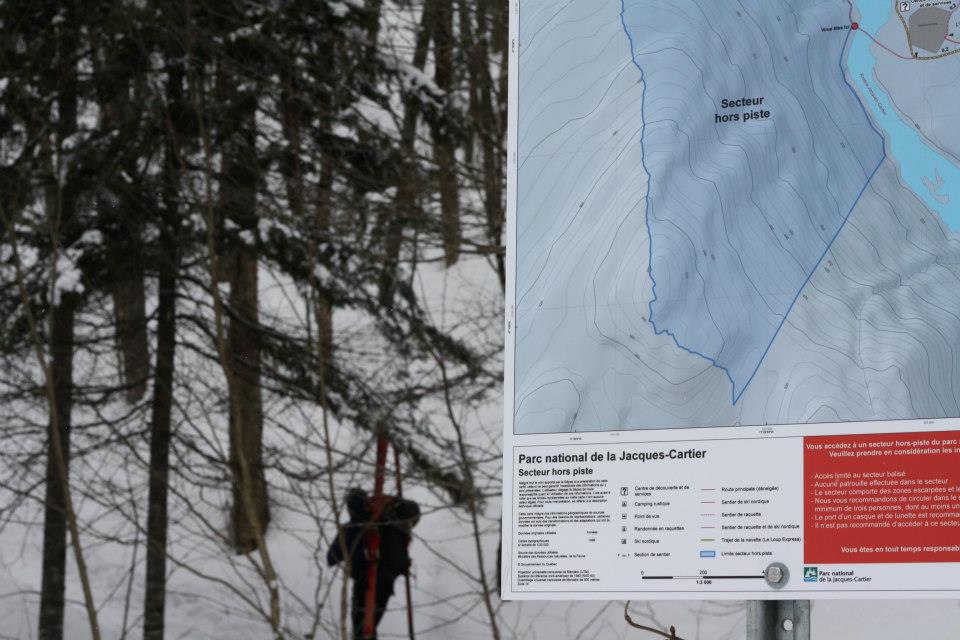
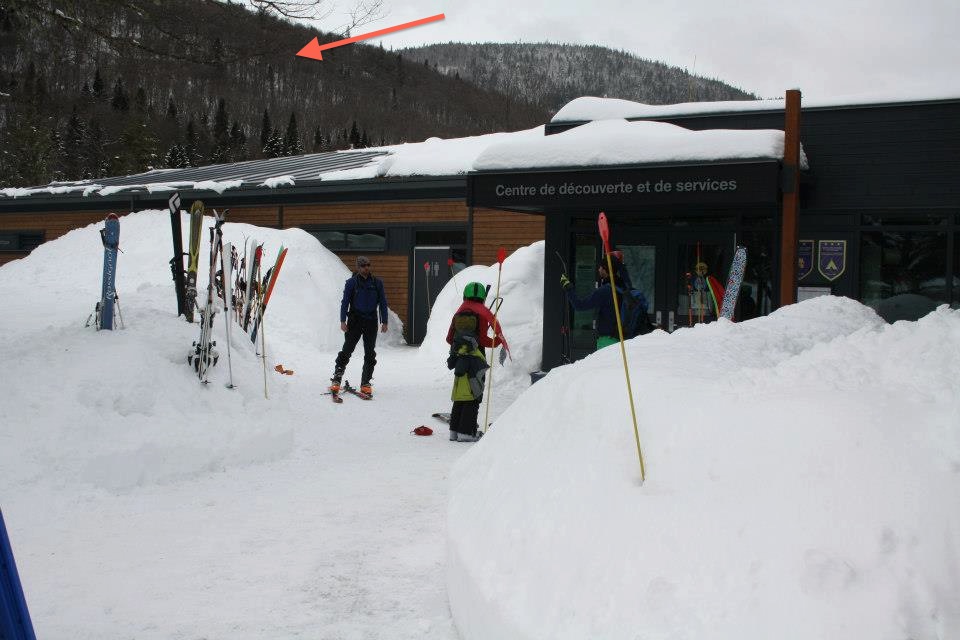




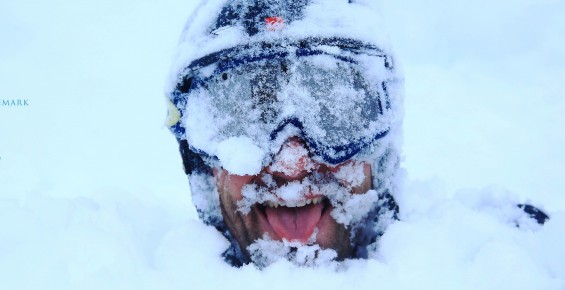
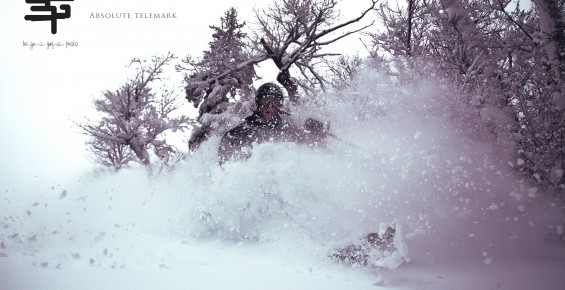

What others think about it